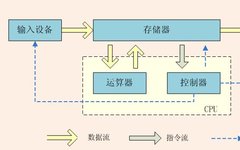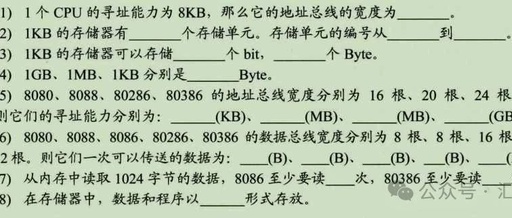Common Programming Languages and Their Differences in Computer Science
Previous Knowledge Points for Upgrading to Bachelor’s Degree Click to view: Common Literary Knowledge for Upgrading to Bachelor’s Degree III Key Points of Advanced Mathematics for Upgrading to Bachelor’s Degree – Continuity, remember these formulas! 200 Core Vocabulary Words for Upgrading to Bachelor’s Degree, save them! Quick Memorization of Prepositions for Upgrading to Bachelor’s Degree! … Read more





